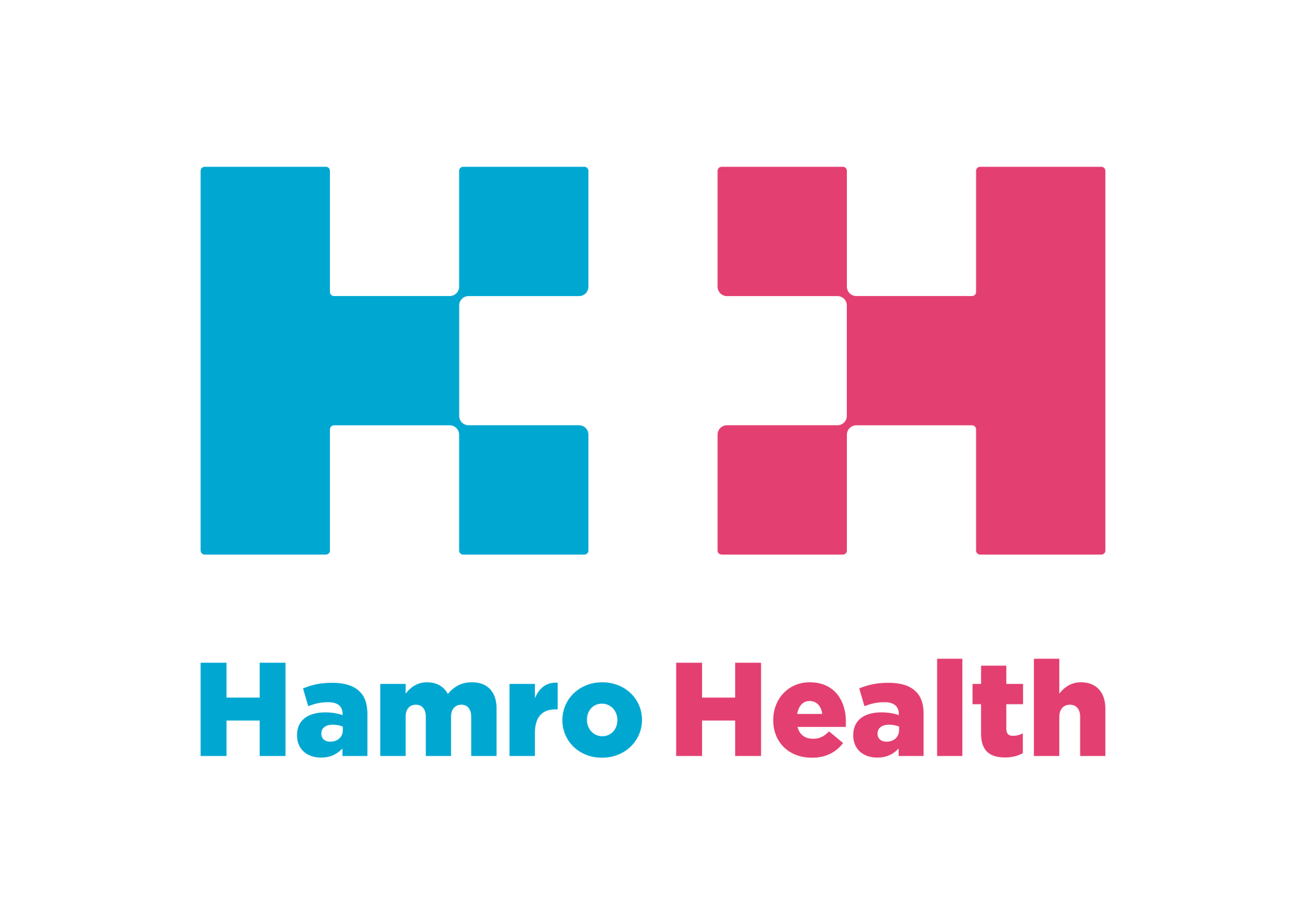Aakriti Poudel
Health Service Assistant, HamroHealth Schools
In today's digital age, gadgets like smartphones, tablets, and computers have become indispensable tools for both learning and leisure, especially for school-going adolescents. While these devices offer numerous educational and social benefits, the prolonged use of gadgets can lead to significant health risks.
Physical issues such as eye strain, headaches, and poor posture are common among students who spend excessive time in front of screens. Mental health concerns are also on the rise, with increased screen time linked to anxiety, depression, and sleep disturbances. Moreover, constant exposure to digital devices can lead to decreased attention span and reduced academic performance, as students become more reliant on quick and easy access to information rather than engaging in deep, focused study.
Key Risks Associated with Excessive Screen Time:
- Physical Health: Eye strain, headaches, neck and back pain from poor posture.
- Mental Health: Increased risk of anxiety, depression, and disrupted sleep patterns.
- Cognitive Impact: Reduced attention span and potential decline in academic performance.
- Behavioral Issues: Overreliance on screens can lead to social isolation and reduced physical activity.
Managing screen time effectively requires a concerted effort from both parents and educators. Parents play a crucial role in setting boundaries and fostering healthy habits at home. Establishing "screen-free" times during family meals, before bedtime, or during homework can help students disconnect from their devices and engage in more meaningful interactions.
Encouraging alternative activities such as outdoor play, reading, or creative hobbies can also divert attention away from screens. Educators, too, have a significant role in promoting balanced gadget use. Integrating regular breaks during lessons that involve screens can prevent physical discomfort and mental fatigue. Additionally, promoting face-to-face communication and collaborative projects in the classroom can help students develop social skills and build stronger peer relationships.
Tips for Parents and Educators to Manage Screen Time:
- Set Consistent Rules: Establish clear guidelines for when and where screens can be used.
- Promote "Screen-Free" Zones: Designate areas and time in the home or classroom where screens are not allowed such as during family meals, before bedtime, or during homework.
- Encourage Physical Activity: Balance screen time with sports, outdoor play, and other non-digital hobbies.
- Incorporate Breaks: Schedule regular breaks during screen-based activities to reduce eye strain and maintain focus.
In addition to managing screen time, fostering digital literacy and promoting responsible gadget use are essential in helping students navigate the complexities of the digital world. Teaching students about online safety is paramount, as they are often exposed to risks such as cyberbullying, online predators, and privacy breaches.
Educators should emphasize the importance of critical thinking skills when interacting with digital content, helping students to distinguish between credible sources and misinformation. Moreover, encouraging students to use gadgets responsibly involves teaching them about the importance of balance-ensuring that their online activities complement, rather than replace, real-life experiences and interactions.
Importance of Digital Literacy and Responsible Gadget Use:
- Online Safety: Educate students on the dangers of cyberbullying, privacy concerns, and safe online practices.
- Critical Thinking: Encourage discernment of credible information and resistance to misinformation.
- Balanced Lifestyle: Promote a healthy balance between online and offline activities to enhance overall well-being.
- Responsible Usage: Teach the ethical and mindful use of technology, ensuring that it adds value to students' lives.
Conclusion
In conclusion, while gadgets provide numerous advantages in today’s educational landscape, it is vital to strike a balance between technology use and health. By acknowledging the risks associated with prolonged screen time, implementing effective management strategies, and fostering digital literacy, parents and educators can equip students with the skills and habits necessary to thrive in a digital world while maintaining their physical, mental, and emotional well-being.
Recent Post
October 26, 2025
Recognizing Excellence: The Nurse Incentive Program at Hamro Health
September 20, 2025
June 15, 2025

.png)
.png)
